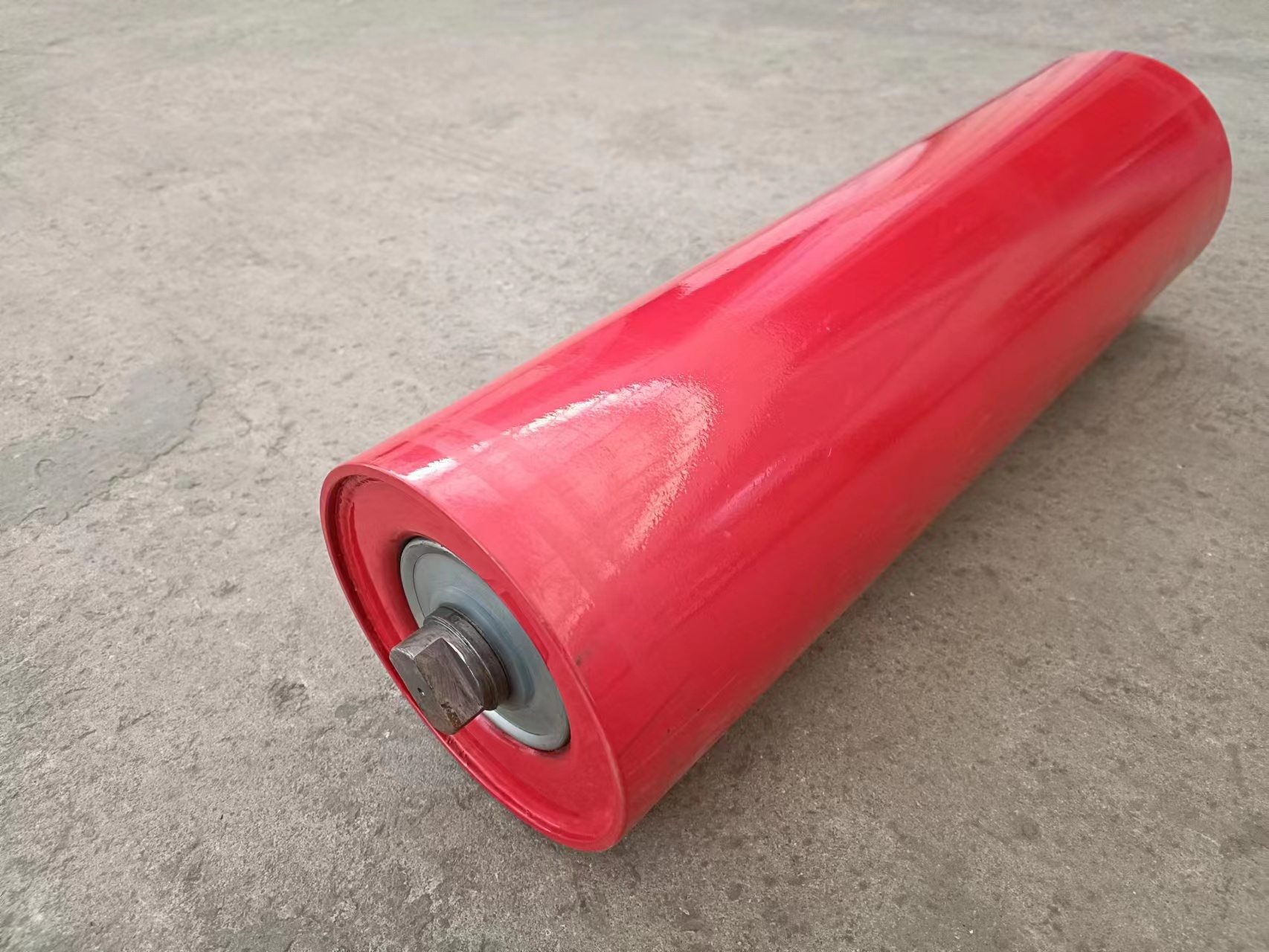 Afrikaans
Afrikaans  Albanian
Albanian  Amharic
Amharic  Arabic
Arabic  Armenian
Armenian  Azerbaijani
Azerbaijani  Basque
Basque  Belarusian
Belarusian  Bengali
Bengali  Bosnian
Bosnian  Bulgarian
Bulgarian  Catalan
Catalan  Cebuano
Cebuano  Corsican
Corsican  Croatian
Croatian  Czech
Czech  Danish
Danish  Dutch
Dutch  English
English  Esperanto
Esperanto  Estonian
Estonian  Finnish
Finnish  French
French  Frisian
Frisian  Galician
Galician  Georgian
Georgian  German
German  Greek
Greek  Gujarati
Gujarati  Haitian Creole
Haitian Creole  hausa
hausa  hawaiian
hawaiian  Hebrew
Hebrew  Hindi
Hindi  Miao
Miao  Hungarian
Hungarian  Icelandic
Icelandic  igbo
igbo  Indonesian
Indonesian  irish
irish  Italian
Italian  Japanese
Japanese  Javanese
Javanese  Kannada
Kannada  kazakh
kazakh  Khmer
Khmer  Rwandese
Rwandese  Korean
Korean  Kurdish
Kurdish  Kyrgyz
Kyrgyz  Lao
Lao  Latin
Latin  Latvian
Latvian  Lithuanian
Lithuanian  Luxembourgish
Luxembourgish  Macedonian
Macedonian  Malgashi
Malgashi  Malay
Malay  Malayalam
Malayalam  Maltese
Maltese  Maori
Maori  Marathi
Marathi  Mongolian
Mongolian  Myanmar
Myanmar  Nepali
Nepali  Norwegian
Norwegian  Norwegian
Norwegian  Occitan
Occitan  Pashto
Pashto  Persian
Persian  Polish
Polish  Portuguese
Portuguese  Punjabi
Punjabi  Romanian
Romanian  Russian
Russian  Samoan
Samoan  Scottish Gaelic
Scottish Gaelic  Serbian
Serbian  Sesotho
Sesotho  Shona
Shona  Sindhi
Sindhi  Sinhala
Sinhala  Slovak
Slovak  Slovenian
Slovenian  Somali
Somali  Spanish
Spanish  Sundanese
Sundanese  Swahili
Swahili  Swedish
Swedish  Tagalog
Tagalog  Tajik
Tajik  Tamil
Tamil  Tatar
Tatar  Telugu
Telugu  Thai
Thai  Turkish
Turkish  Turkmen
Turkmen  Ukrainian
Ukrainian  Urdu
Urdu  Uighur
Uighur  Uzbek
Uzbek  Vietnamese
Vietnamese  Welsh
Welsh  Bantu
Bantu  Yiddish
Yiddish  Yoruba
Yoruba  Zulu
Zulu belt conveyor idlers
Understanding Belt Conveyor Idlers Essential Components for Efficient Material Handling
Belt conveyors are widely used in various industries for transporting materials over short to medium distances. One of the critical components that ensure the efficient operation of these conveyors is idlers. Idlers are the rotating rollers on which the conveyor belt rides and plays an essential role in supporting the belt, allowing it to move smoothly while also contributing to the overall performance and longevity of the conveyor system.
The Role of Idlers in Conveyor Systems
Idlers serve multiple functions in a conveyor system. Their primary purpose is to support the belt and material being transported, reducing friction between the belt and the conveyor structure. This support is vital as it minimizes wear and tear on the belt, hence extending its lifespan and enhancing operational efficiency. Idlers also help maintain the shape of the conveyor belt, ensuring it stays aligned and does not sag excessively, which could lead to material spillage and operational interruptions.
Moreover, idlers contribute to the overall energy efficiency of the conveyor system. By providing a smooth surface for the belt to run on, they reduce frictional losses. This means that less energy is required to move the belt, which can lead to significant cost savings over time, especially in large-scale operations where conveyors are running continuously.
Types of Idlers
There are various types of idlers, each designed for specific applications and operational conditions. The most common types include
1. Carrying Idlers These are the primary support idlers that carry the weight of the belt and the material. They are typically installed in the load zone of the conveyor.
2. Return Idlers Located on the return side of the conveyor, these idlers support the belt as it returns to the loading area. Return idlers are crucial for maintaining belt tension and preventing sagging.
3. Impact Idlers Positioned at points where material is loaded onto the belt, impact idlers are designed to absorb the energy of falling materials, thus minimizing belt damage.
belt conveyor idlers

4. Training Idlers These idlers help keep the conveyor belt aligned. Misalignment can lead to uneven wear and increased maintenance costs, making training idlers essential for ensuring the proper functioning of the system.
Materials and Design Considerations
Idler design and materials vary depending on the specific application and environment. Common materials include steel, rubber, and plastic. Steel idlers are preferred for heavy-duty applications due to their strength and durability, whereas rubber and plastic idlers may be chosen for lighter applications or environments prone to corrosion.
When selecting idlers, several factors must be considered, such as the weight of the material being transported, the speed of the conveyor, and the environmental conditions (e.g., moisture, temperature fluctuations). Proper selection is crucial to maintaining the integrity of the conveyor system and ensuring that it operates efficiently.
Maintenance and Monitoring
Proper maintenance of idlers is vital to the longevity of the conveyor system. Regular inspections should be performed to check for wear and tear, alignment issues, and any signs of damage. Replacing worn idlers promptly can prevent more extensive and costly repairs down the line.
Additionally, advanced monitoring technologies such as vibration analysis and temperature monitoring are increasingly being integrated into conveyor systems. These technologies help predict failure and allow for proactive maintenance measures, further reducing downtime and maintenance costs.
Conclusion
Belt conveyor idlers are indispensable components in the efficient operation of conveyor systems. By understanding their roles, types, and maintenance needs, businesses can optimize their material handling processes, reduce operational costs, and enhance the longevity of their equipment. As industries continue to evolve, the importance of reliable and efficient conveyor systems will remain paramount, making the role of idlers more crucial than ever before.
-
Revolutionizing Conveyor Reliability with Advanced Rubber Lagging PulleysNewsJul.22,2025
-
Powering Precision and Durability with Expert Manufacturers of Conveyor ComponentsNewsJul.22,2025
-
Optimizing Conveyor Systems with Advanced Conveyor AccessoriesNewsJul.22,2025
-
Maximize Conveyor Efficiency with Quality Conveyor Idler PulleysNewsJul.22,2025
-
Future-Proof Your Conveyor System with High-Performance Polyurethane RollerNewsJul.22,2025
-
Driving Efficiency Forward with Quality Idlers and RollersNewsJul.22,2025





























